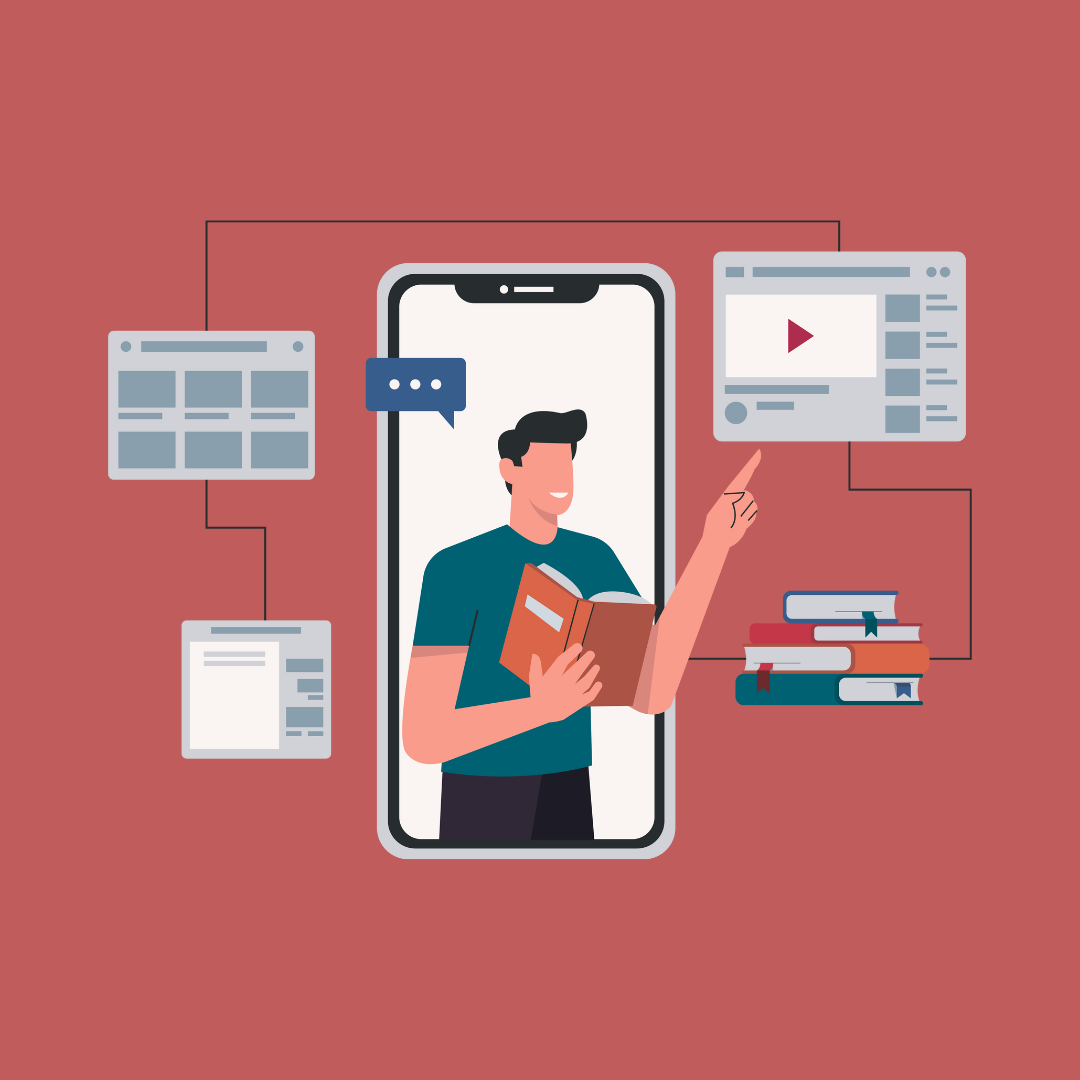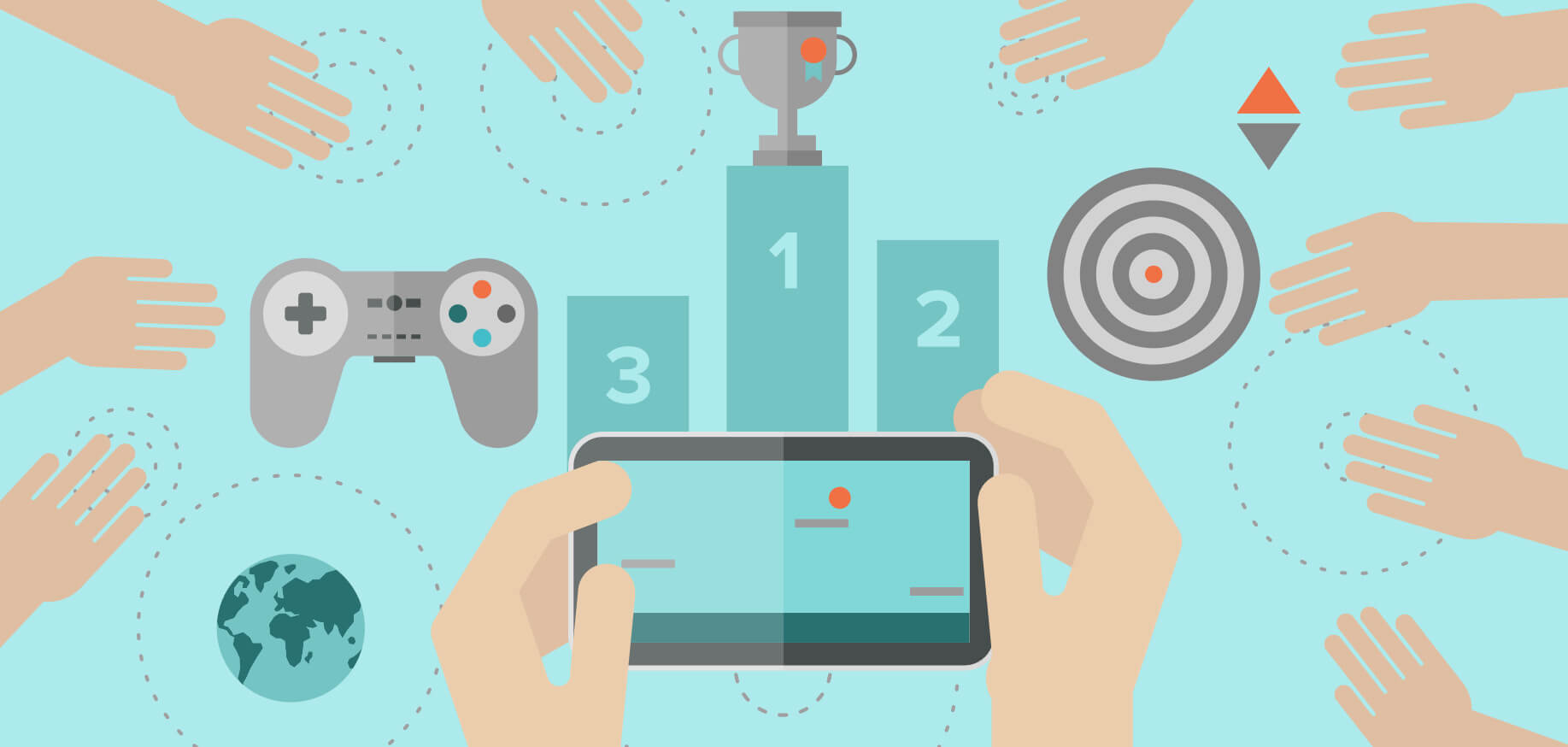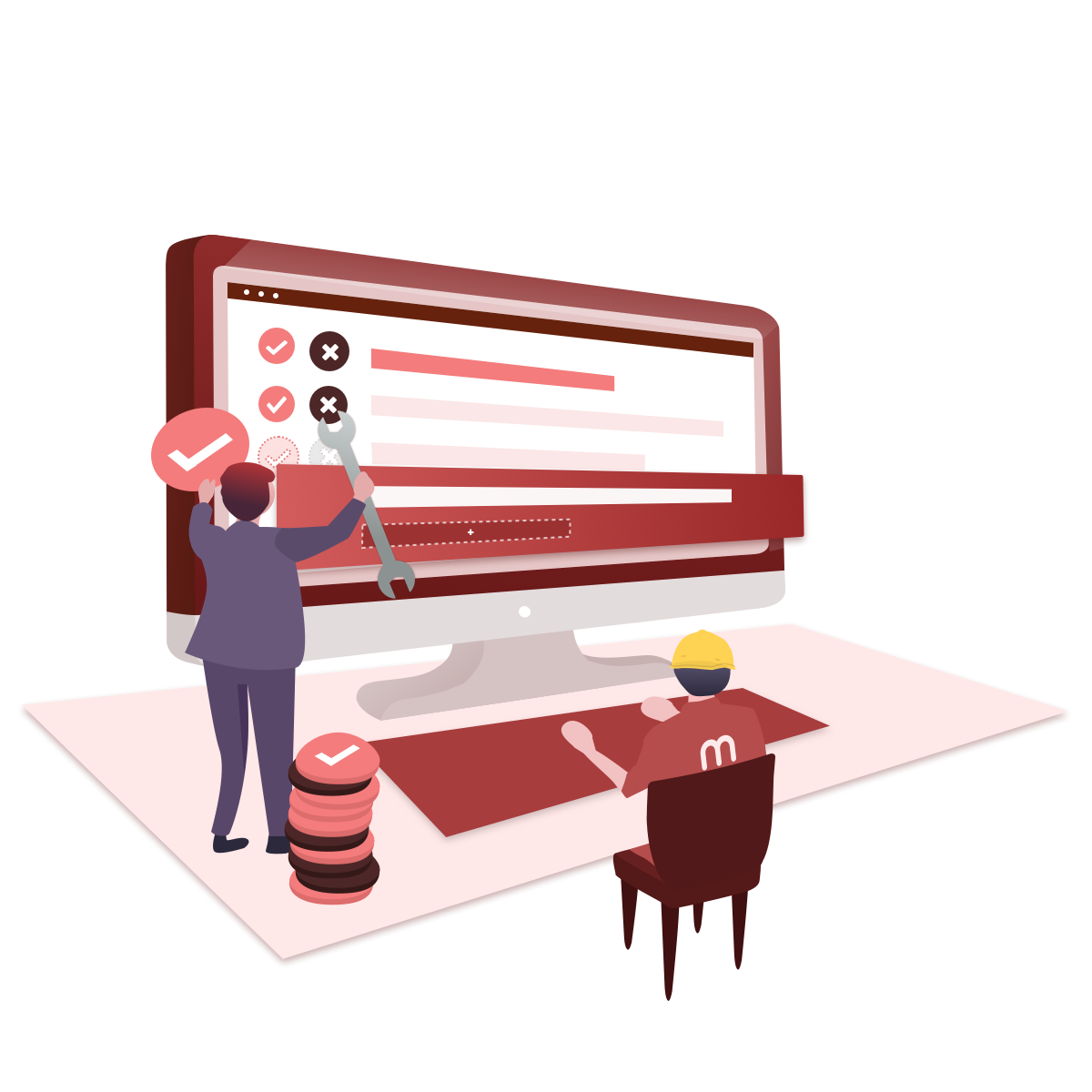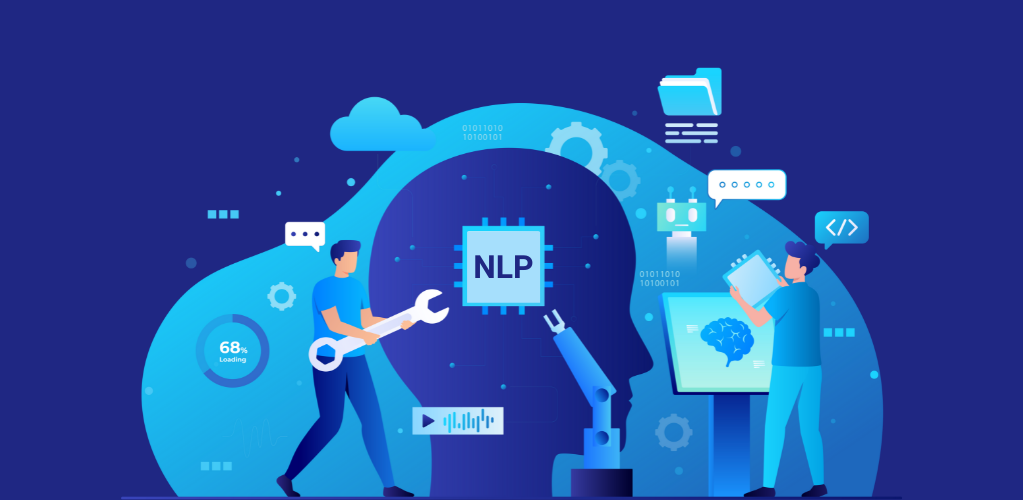In the world of tourism, where guest satisfaction is paramount, employee training and development play a key role in creating memorable experiences. However, traditional training methods often struggle to engage and motivate employees, leading to missed opportunities to improve performance and guest satisfaction. Gamification is a revolutionary approach that incorporates game elements into training to engage, empower and inspire. In this blog article, we’ll explore how gamification is reshaping training in the tourism sector and how Mindflow’s innovative solutions are taking this transformation to new heights, ultimately elevating guest experiences.
Ready to revolutionize your tourism training? Discover Mindflow gamification solutions!
Engaging Employees, Enhancing Experiences:
In an industry where every interaction with a guest can leave a lasting impression, employee engagement is the cornerstone of exceptional service. Gamification brings training sessions to life, turning mundane tasks into immersive experiences full of challenges, rewards and achievements. Mindflow’s gamification features take advantage of game design principles to create dynamic and interactive learning environments that resonate with employees. By promoting engagement and enthusiasm, gamification ensures that employees are not just learning, but actively participating in their own development, which leads to higher performance and enriching experiences for guests.
Personalized Learning for Tourism Professionals:
In the diverse landscape of the tourism industry, one-size-fits-all training approaches fall short in meeting the varied needs of employees. Mindflow’s gamification solutions address this challenge by providing personalized learning experiences that cater to individual preferences and learning styles. Whether it’s front-line staff interacting with guests or back-office personnel managing operations, Mindflow adapts training content to ensure relevance and effectiveness. By empowering employees with tailored learning journeys, tourism businesses can maximize the impact of training initiatives and cultivate a skilled workforce capable of delivering exceptional guest experiences.
Fostering Collaboration and Innovation:
Collaboration and innovation are the lifeblood of the tourism industry, driving creativity and excellence in guest services. Gamification serves as a catalyst for collaboration by promoting teamwork, communication, and problem-solving among employees. Mindflow’s gamification features facilitate collaborative learning experiences through interactive challenges, group activities, and knowledge-sharing initiatives. By fostering a culture of collaboration, tourism businesses can harness the collective expertise of their workforce to drive innovation and enhance guest experiences. From brainstorming sessions to creative competitions, gamification encourages employees to think outside the box and explore new ideas, ultimately leading to enhanced guest satisfaction and loyalty.
Fostering Collaboration and Innovation:
As the tourism industry continues to evolve in response to changing consumer preferences and technological advancements, training and development remain critical to staying ahead of the curve. Gamification represents the future of tourism training, offering a dynamic and engaging approach that resonates with the digital-savvy workforce. With advancements in AI and mobile technology, gamified learning experiences are becoming increasingly personalized, immersive, and accessible. By embracing gamification as a strategic imperative for training and development, tourism businesses can adapt to emerging trends, attract and retain top talent, and deliver outstanding guest experiences that set them apart in the market.
Ready to experience the power? Explore Mindflow Today!
In the competitive landscape of tourism, where guest satisfaction is the ultimate currency, investing in employee training and development is essential for success. With Mindflow’s gamification solutions, tourism businesses can unlock the full potential of their workforce, driving performance, satisfaction, and innovation. By embracing gamification as a cornerstone of their training programs, tourism businesses can elevate guest experiences to new heights of excellence, setting new standards of service and cementing their position as industry leaders. So, embark on the journey to transform tourism training with Mindflow and take your guest experiences to new heights.










